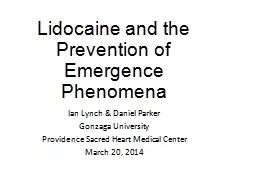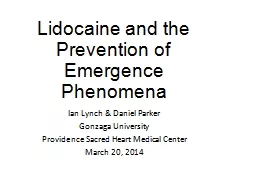PPT-Competition, stability and change in the emergence of Brazilian Portuguese
Author : moistbiker | Published Date : 2020-07-03
Charlotte Galves Unicamp CNPqFapesp DiaStab UGhent 28062016 0 The aim of the presentation bring the case of Brazilian Portuguese to the debate on stability and
Presentation Embed Code
Download Presentation
Download Presentation The PPT/PDF document "Competition, stability and change in the..." is the property of its rightful owner. Permission is granted to download and print the materials on this website for personal, non-commercial use only, and to display it on your personal computer provided you do not modify the materials and that you retain all copyright notices contained in the materials. By downloading content from our website, you accept the terms of this agreement.
Competition, stability and change in the emergence of Brazilian Portuguese: Transcript
Download Rules Of Document
"Competition, stability and change in the emergence of Brazilian Portuguese"The content belongs to its owner. You may download and print it for personal use, without modification, and keep all copyright notices. By downloading, you agree to these terms.
Related Documents













![[DOWNLOAD] My First 100 Words Portuguese English | Bilingual Picture Dictionary For Kids](https://thumbs.docslides.com/1008411/download-my-first-100-words-portuguese-english-bilingual-picture-dictionary-for-kids-dicion-rio-ilustrado-portugu-s-ingl-s-para-crian-as-learn-brazilian-portuguese-portuguese-childrens-books.jpg)